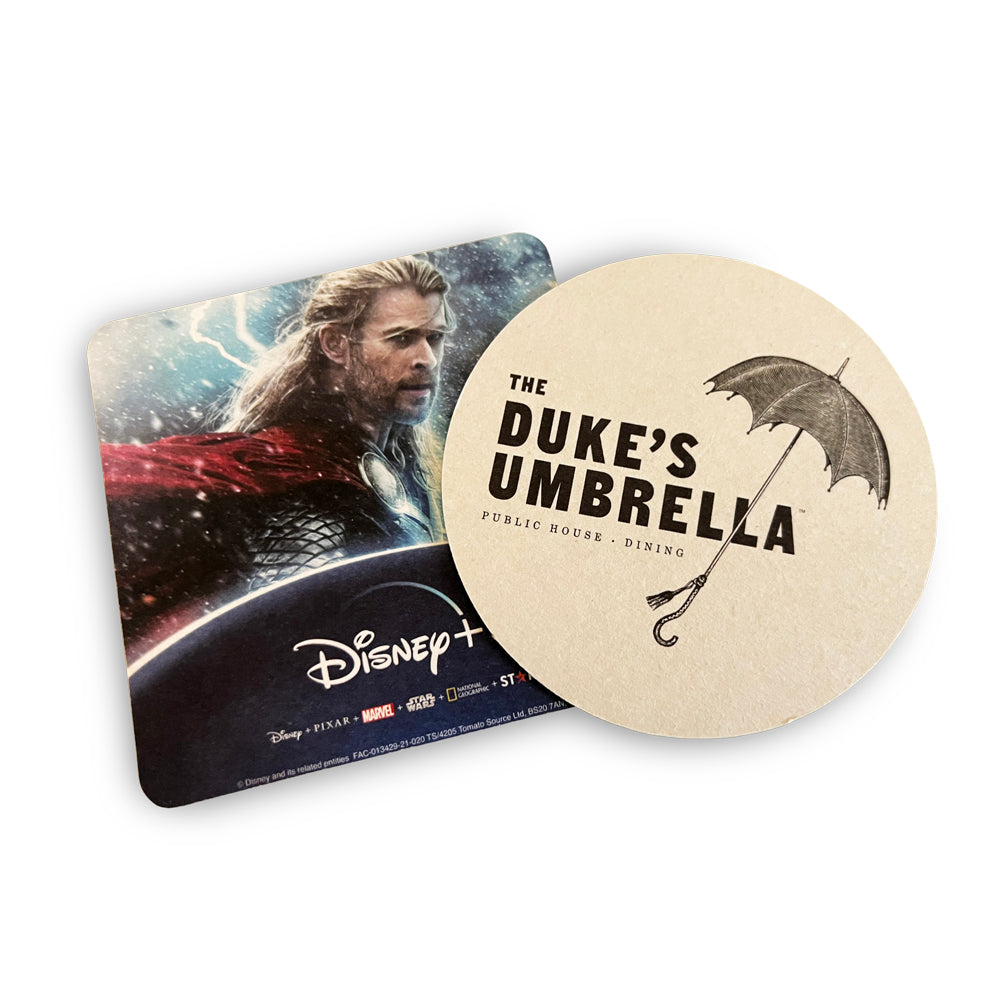The Importance of Wine Packaging A Blend of Design and Functionality
Wine packaging plays a crucial role in the marketing and preservation of this beloved beverage. From the bottle to the label, every aspect of wine packaging serves a specific purpose that can impact consumer perception, brand identity, and ultimately, sales. As the wine industry continues to grow, understanding the nuances of packaging design and materials has become increasingly important for wineries looking to stand out in a competitive market.
The Bottle Form Meets Function
At the heart of wine packaging is the bottle itself, which not only holds the liquid but also serves as a key element in the wine’s presentation. The choice of bottle shape, size, and color can influence a consumer's decision at the point of sale. Traditional wine bottles, typically made from glass, come in various shapes—such as Bordeaux, Burgundy, and Champagne—with each shape often associated with specific types of wine. For instance, the tall, slender profile of a Riesling bottle signals a light and aromatic wine, while the broader Bordeaux bottle suggests a robust red.
The color of the glass is equally significant. Dark green or brown glass is commonly used for red wines to protect them from light exposure, which can degrade the wine over time. Clear or lighter-colored bottles are often reserved for whites and sparkling wines, signaling transparency and freshness. Ultimately, the choice of bottle can communicate both the quality of the wine and the winery's brand ethos.
Labeling The Story Behind the Wine
While the bottle provides the canvas, the label tells the story. Wine labels are essential not only for branding but also for imparting key information about the wine, such as its origin, varietal, and alcohol content. An eye-catching label design can attract consumers and distinguish a brand on the crowded shelves of liquor stores.
With the rise of artisanal and boutique wineries, the label has become a crucial aspect of storytelling in wine marketing. Unique designs, bold graphics, and creative typography can evoke emotions and create a connection to the product. Some wineries even collaborate with local artists to produce limited-edition labels, turning the wine bottle into a collector’s item.
wine packaging

In addition to aesthetics, regulatory compliance is another vital consideration. Labels must adhere to regional laws concerning information disclosure, including health warnings and geographical indications. Ensuring compliance while still creating an appealing design can be a challenging balance for wineries.
Sustainable Practices The Eco-Friendly Approach
As environmental awareness grows among consumers, many wineries have begun to prioritize sustainability in their packaging choices. Eco-friendly packaging options not only appeal to conscious consumers but also reflect a winery’s commitment to responsible practices. This can include using recycled materials for labels and bottles, adopting lightweight bottles to reduce carbon emissions during transport, and even utilizing biodegradable corks.
Moreover, the trend toward minimalist packaging is gaining traction. Many wineries are moving away from excessive packaging—such as elaborate boxes or plastic wraps—in favor of simpler, more sustainable solutions. This not only reduces waste but also aligns with the values of modern consumers who appreciate transparency and authenticity in the brands they support.
The Future of Wine Packaging
As technology evolves, so too does the world of wine packaging. Innovations such as QR codes on labels can provide consumers with instant access to information about the wine, including pairing suggestions and the story behind its production. Additionally, advancements in materials may lead to new, lightweight, and eco-friendly packaging solutions that can further enhance wine preservation and shelf life.
In conclusion, wine packaging is a critical element that goes beyond mere aesthetics. It encompasses a complex interplay of design, functionality, sustainability, and consumer engagement. In an ever-evolving market, wineries must continue to innovate their packaging strategies to cater to the changing preferences of consumers while ensuring the integrity of their wines. Ultimately, effective wine packaging serves as a bridge between the vineyard and the consumer, inviting enthusiasts to explore and savor the unique experiences that each bottle offers.



